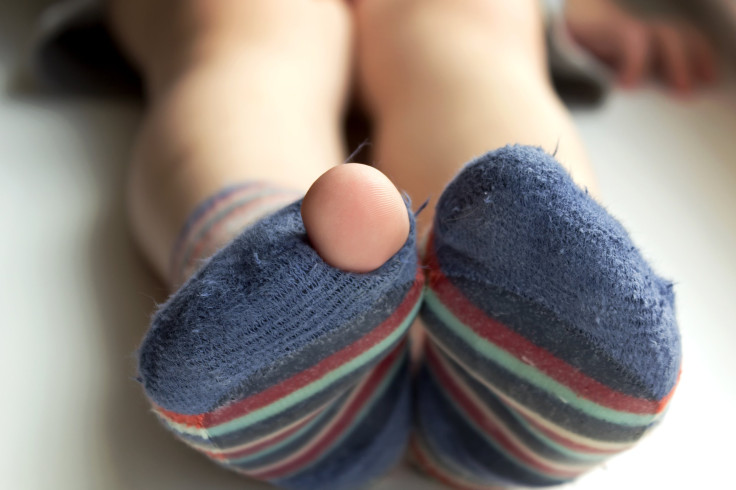Poverty Affects 30% Of Children In US Cities, Negatively Affecting Their Health

In a new paper released by the National Center for Children in Poverty (NCCP), a research center at Columbia University’s Mailman School of Public Health, researchers found that many children in large cities in the U.S. are living in poverty.
Nearly three out of five children in Detroit are poor, a rate that has grown by 10 percent since the Great Recession in 2007. The report also found that the majority of kids living in Cleveland and Buffalo, N.Y. live in poverty, in addition to half of children in Fresno, Calif.; Cincinnati, and Memphis, Tenn. Meanwhile, Newark, N.J.; Miami, St. Louis, and Milwaukee all top the list of some of the poorest cities for children.
“Many Americans — even policymakers — seem unaware of the shocking prevalence of child poverty in many of our nation’s most important and iconic cities,” said Curtis Skinner, director of Family Economic Security at the NCCP, in a press release. “Reducing child poverty is critical to the social and economic health of cities, now and in the future.”
The poverty rate for all children in general living in the U.S. in 2013 was 19.9 percent, but the child poverty rate for all large cities in the U.S. is at 30.6 — a significantly higher percentage that shows big cities are the most affected. Between 2012 and 2013, the national child poverty rate fell by two percentage points; but the big city rate only decreased by one percentage point.
The researchers found that some factors that have contributed to the growth of poverty in big cities include the loss of manufacturing industries and job losses due to the Great Recession (particularly industrial cities like Detroit and Cleveland). Other cities were affected negatively by the collapse of the housing market and the construction industry, such as Las Vegas and other cities in California and Florida.
According to the NCCP, economic hardship and deprivation can have “profound effects” on a child’s development and future prospects, such as their ability to learn. Poverty can exacerbate behavioral, social, and emotional problems as well, not due to the lack of income, but because of the instability associated with fluctuating incomes.
Poverty can have an impact on child health as well. A 2007 study pointed out that “children in families with greater material resources enjoy more secure living conditions and greater access to a range of opportunities that are often unavailable to children from low-income families,” the authors wrote. “On average, children living in low-income families or neighborhoods have poorer health outcomes.”
Because poverty can affect a child’s health even when they’re adults the authors argue that “the health sector should provide services to mitigate the health effects of poverty, and articulate the health-related significance of child poverty, in collaboration with other sectors to advance healthy public policy.”
The researchers at NCCP argue that “policymakers at all levels of government need to recognize the pandemic of urban child poverty,” NCCP Director Renée Wilson-Simmons said in the press release. “We have a tool chest of proven anti-poverty policies, but lack the political will to use them. Because children do better when families do better, it’s essential that two-generation approaches have a central place in the domestic policy agenda. By combining education and training for parents to enable them to move to jobs that offer a path out of poverty with high-quality early care and education for children, the life opportunities of both can be improved.”



























